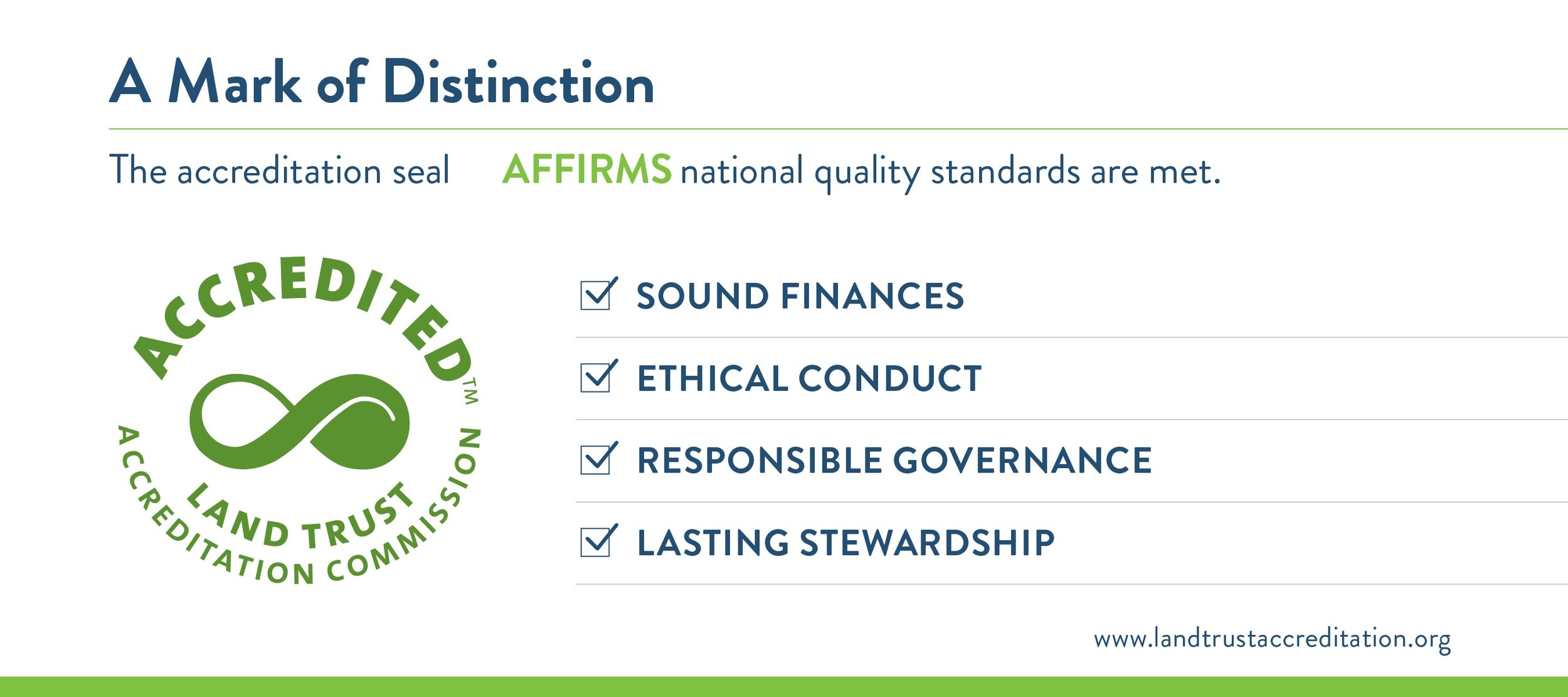Thanks to a lead from a knowledgeable hiker, with confirmation from the Office of Kentucky Nature Preserves, we’ve located a patch of running buffalo clover (Trifolium stoloniferum) near the stream at Vaughn Branch Nature Preserve. This is an exciting find for us and a plant worth protecting because until early August 2021, running buffalo clover was listed by the U.S. Fish and Wildlife Service as a threatened and endangered species.
Running buffalo clover grows in partial shade in moist, fertile soil that is regularly disturbed. Looking much like white clover, with 1-inch-wide white flower heads on stems 2 to 8 inches tall, running buffalo clover is distinctively characterized by stolons, or runners, that reach out from the stems’ bases and run along the ground. Also unlike white clover, leaves and branches grow from the stems of running buffalo clover, and flower heads grow from a pair of aerial leaflets, which are larger and more rounded than those of white clover without the V marking.
Believed to be extinct before 1983, at which point a population was spotted in West Virginia, running buffalo clover has been threatened by poor land management that damaged habitat; the removal of bison from the land, which provided necessary soil disturbance; and competition from invasive plants, such as Endophytic Fescue/Kentucky 31 and white clover. It now can be found throughout the Midwest, westward to Arkansas and Kansas.
When Woods and Waters Land Trust identifies a rare species on one of it’s protected lands, great care is taken to ensure it survives and thrives. The species will be added to the Baseline Documentation Report, a report of the land’s condition that is updated annually, and land management practices will be updated. In the case of the running buffalo clover at Vaughn Branch, we’ll do a survey of the stand in the spring when the plant flowers, so that we can read the health of the population. Because we’ve been doing ongoing invasive species remediation and trail work in the nature preserve, we’ll alter our practices to cease the use of targeted herbicides in the area of the clover stand and survey for new running buffalo clover plants before doing treatments or trail work.
Thanks to federal attention given to the practices that have threatened running buffalo clover, the plant has seen great improvement since the mid 80’s. Now, we at WWLT have the opportunity to encourage it to flourish even further right here in Frankfort, Ky.
Photo courtesy samuels2020/iNaturalist


